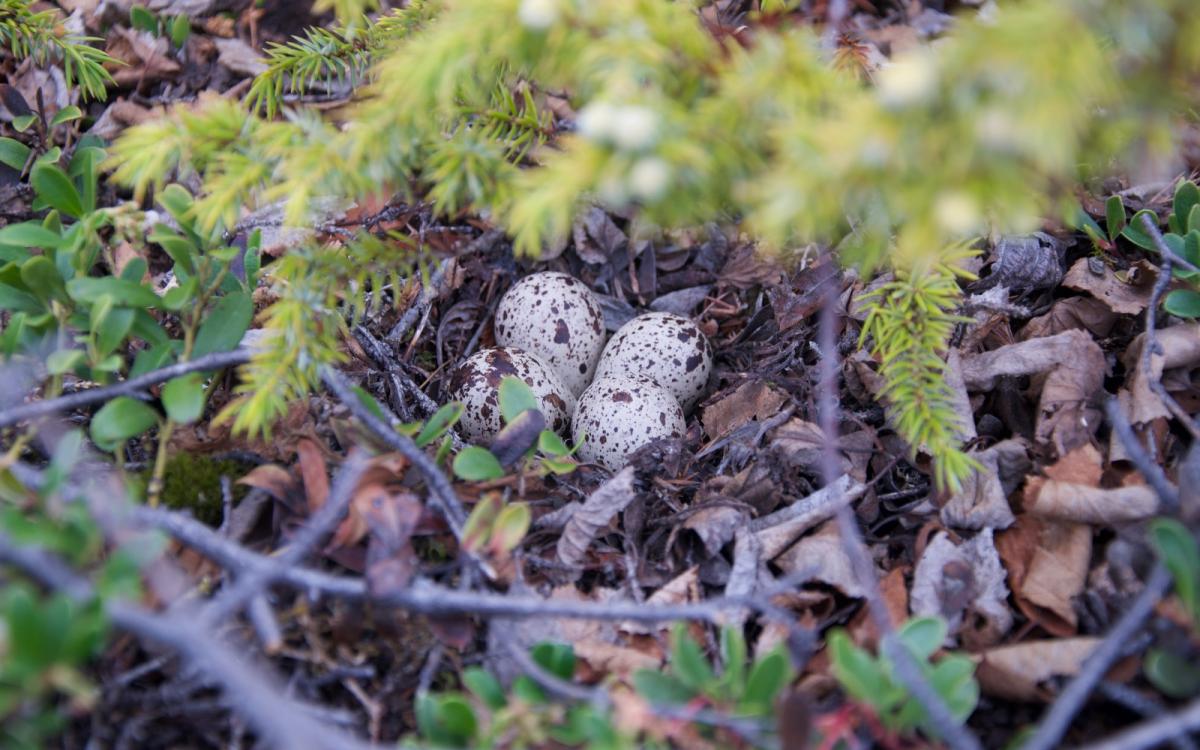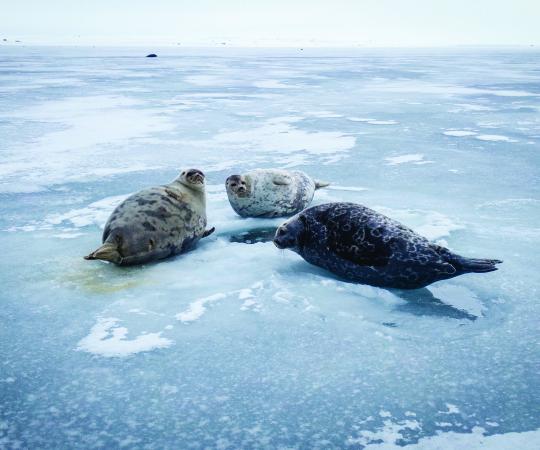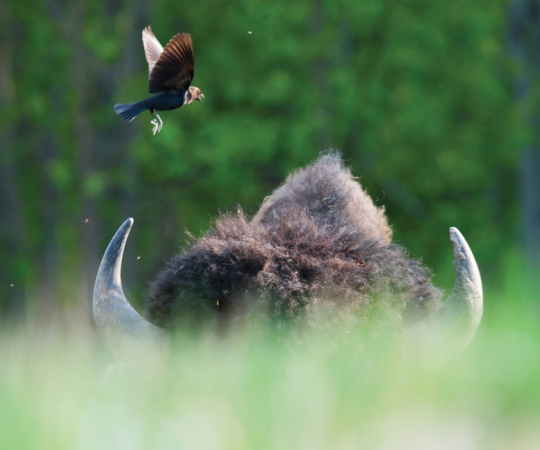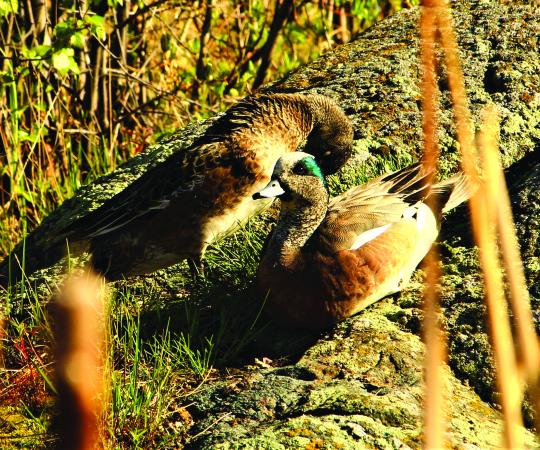Watch out for bears. The winds come up fast. The waves will swamp your canoe. Storms rage for days. The bugs will gnaw at your sanity.
While my partner John and I ran around Yellowknife picking up last-minute items, locals offered cautions. It’s a daunting two-week trip, canoeing 400 kilometres across Great Slave Lake from Yellowknife to the East Arm. Their insider knowledge is appreciated.
But no one told us to forget about schedules, how time would slip away because of the storms pinning us to shore nearly every day. Paddling is futile when the winds rise, hindering forward progress. Instead of exhausting ourselves fighting moody weather, we yield to it.
And no one warned us about the birds. The sheer number of birds flitting about everywhere, the diversity of species and their wild antics. On a long paddling sojourn, birding became a pleasant distraction.
Often calmest in the early hours, we crawl out of snug sleeping bags at dawn, which in late June on Great Slave Lake happens at 3 a.m. It’s a miserable start to a day but the mosquitoes and blackflies are fewer and more sluggish in the freezing early hours. We can savour our coffee and oatmeal without bugs falling in. Long canoe trips are about celebrating small victories.
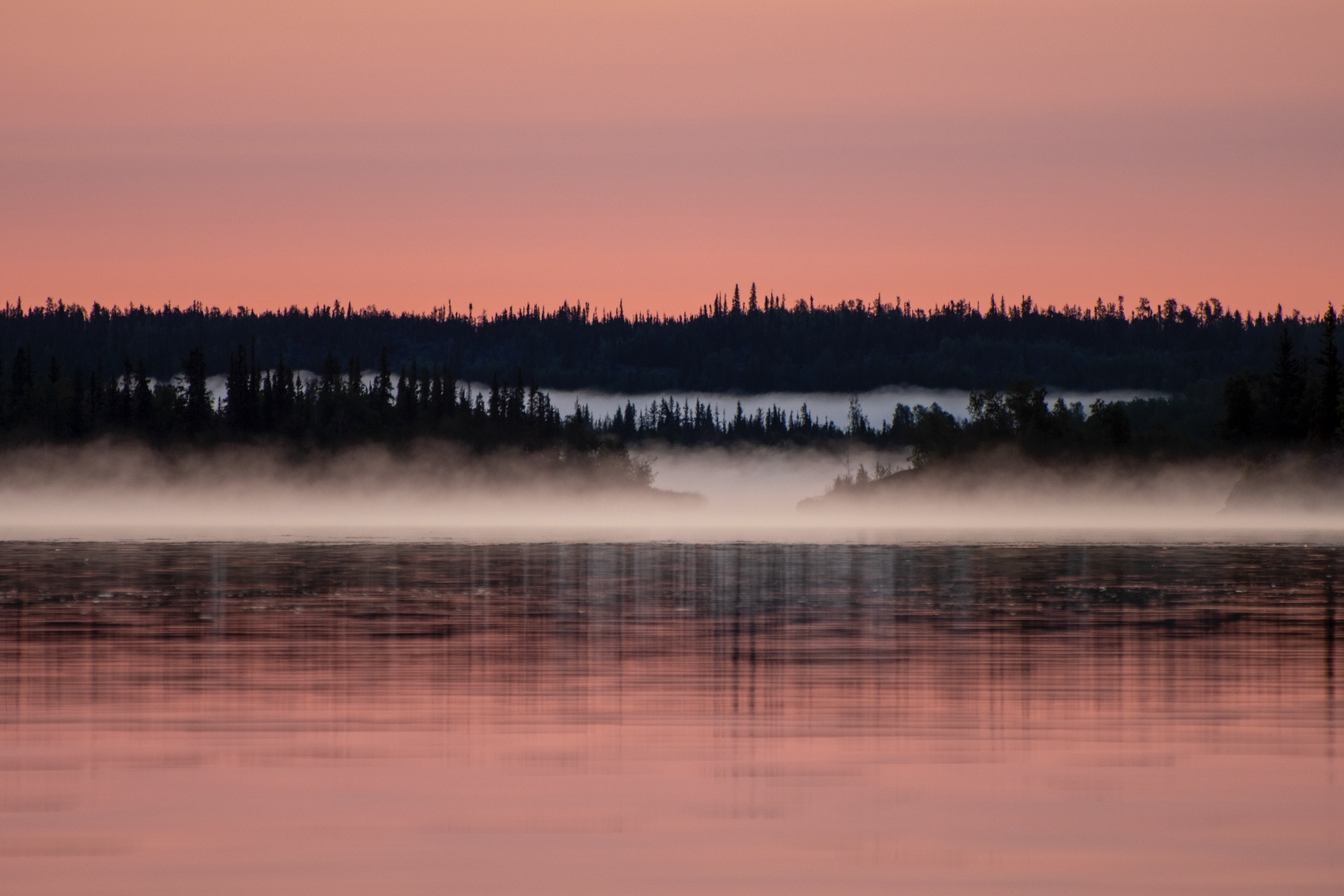
The early morning starts reward us with glassy calm waters, hypnotic sunrises and wildlife viewing. These are the hours when we spot a porcupine scrambling across a headland, the moose and her twins having a drink, the red fox swimming across a channel. It is also the time songbirds sing for mates with such enthusiasm, voices carrying over the water, an adventure soundtrack of sorts.
As the winds build throughout the day and whitecaps appear, we pull to shore to idle away the afternoon reading, napping and sauntering headlands searching for nests. One lazy afternoon, we notice a Bonaparte’s gull fly over our campsite, heading inland. After some time, it appears back on the lake only to return inland again. What business does a Bonaparte’s gull have in the dark boreal woods, we ponder.
Abandoning our books we tiptoe into the woods, trailing the gull. The forest is quiet, with none of the incessant squawkings we expect to hear. To our surprise, we find the Bonaparte’s gull sitting in a nest built in a spruce tree. We assumed all gulls ground nested on islands, like the other gulls we saw on the lake. Learning otherwise triggers a need to find more nests, anyone’s nests.
Shortly after this discovery our interest in birding tips into obsession when we accidentally spook a blue-winged teal off her nest. We peer inside, finding eight pale eggs blanketed in the down feathers the mother duck plucked from her own belly. We snap a quick photo and retreat.
From then on we find nests tucked in the tops of tussocks, on cliff edges, built of sticks and grasses, a simple hollow in the ground, or built into the cliff with mud. There doesn’t seem to be a place in this wilderness the birds can’t renovate into a nest to raise their brood.

While the Bonaparte’s gull did not object to our intrusion, the island-nesting gulls are not quite so welcoming. Paddling too near the rocky islands where they nest incites both gulls and Arctic terns to attack with bravado. Do not underestimate the fury of a gull defending nest and chicks.
They begin their attack by taking to the air and circling the target. If we keep our distance only one or two gulls circle and squawk. If we venture too close, a dozen or more rise up, diving one by one — often from behind for optimal surprise — and screaming as if in a horror movie. They extend their webbed feet, tipped with razor-sharp claws, hoping to maim on the way by. Some also empty their bowels as they pass. The intimidation tactics are effective. We keep our distance, employing binoculars to respectfully satisfy our voyeuristic yearnings.
The defence is less effective, however, with bears. Over breakfast one morning, we watch a black bear swim over to an island. The gulls screech the alarm. A flurry of wingbeats answer. Arctic terns and songbirds, even the ducks, join the fracas, banding together to mob the black bear. Undeterred, the bear climbs onto shore, following its nose across the island, shaking its head at the screaming birds. After gobbling up chicks and eggs the bear jumps back into the water and swims on to the next island buffet.
Our own reaction is not unlike the gulls when the black bear appears looking for a meal on our island. John and I jump together, waving our arms and shouting “Hey Bear!” Before it can even shake the water off its coat, the bear abandons our island, jumping back in the waves and swimming away.
No northern adventure story can omit mention of mozzies and blackflies so thick, so relentless as to threaten sanity. Rarely is there respite from their bloodlust but relief does come with rains or gale-force winds. Or in the form of swallows.
On a calm afternoon, we paddle into a mass of cliff swallows hunting bugs to feed their demanding young, who wait for dinner to be delivered in nests made of mud attached to a cliff face. Acrobatic and swift, they whiz by our heads, consuming the mozzies and blackflies that have trailed us all day. Hearing beaks snapping at our tormenters, I understand our part in the North’s web of life. So many birds migrate thousands of kilometres each spring to feast and breed on the North’s bounty. We are not only mere observers out here. Our skin, blotched and swollen with bites, feeds the bugs that nourish the birds that entertain us. We are indeed all interconnected.
Curiosity is not an attribute I assign to birds, except to ravens maybe. But the loons — common, Pacific and yellow-billed — forget about fishing for a little while to swim over to our canoe and bob on the gentle waves beside us. Some serenade with their haunting cry, but mostly the time slips away in silence, John and I watch the loon watching us. With curiosity satisfied, the loon slowly drifts off and resumes fishing, leaving us giddy but a little lonely.
Though not so generous with their time, peregrine falcons and snowy owls also succumb to curiosity. They swoop silently over our heads, sometimes circling around for a second fly-by. Satisfied we are neither predator nor prey, they return to their hunting perches on cliff ledges and treetops.
A falcon’s fly-by, a loon’s visit, reminds us to slow down and connect with our own curiosity. It was foolish to fret about time or distance when a bird offers to share a little of its day with us. We make sure to lay down our paddle and reciprocate.
Paddling the length of Great Slave Lake is a challenge but an intact wilderness is the reward for enduring all our exhaustion and stress. While the winds proved our biggest adversary, birding was our greatest surprise and the source of our richest memories.

